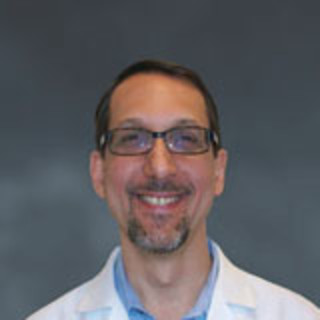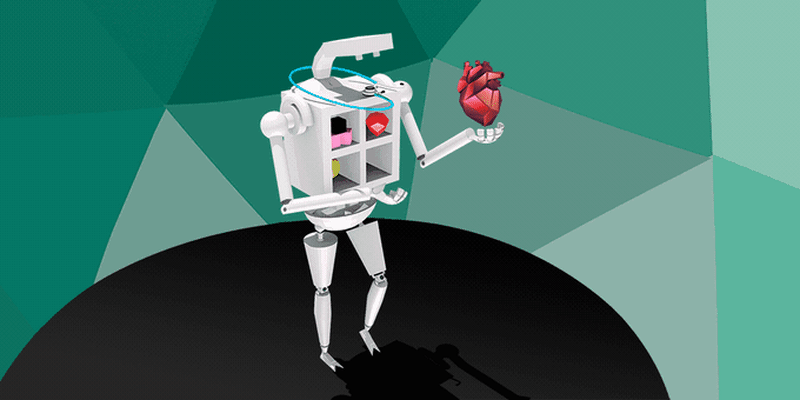Comics as a medium for expressing serious issues and experiences in medicine—really? Absolutely. This was the topic of a terrific interactive session at the ACP 2019 meeting called “Pictures Worth a Thousand Words” featuring the talents of physician-artists Grace Farris, MD and Michael Natter, MD. Both have serials featured in a relatively new section in Annals of Internal Medicine called Annals Graphic Medicine (Natter – “Progress Notes” and Farris – “Dr. Mom”), which has become very popular. Graphic Medicine section editor Michael Green, MD, MS, professor in the departments of General Internal Medicine and Medical Humanities at Penn State, and teacher of the country’s only graphic medicine course for medical students, also co-moderated.
Annals Executive Editor Darren Taichman, MD, PhD, FACP began the session with some historical perspective. Annals of Internal Medicine, which was established in 1927 and is one of the most-often cited medical journals in the world, began publishing narrative reflections by physicians in 1990 with “On Being a Doctor.” Out of this grew graphic storytelling content, beginning with an enthusiastically received comic by Michael Green, MD, MS himself called “Missed It,” about a physician who is distraught over missing a diagnosis. The Annals Graphic Medicine section of the journal was established in 2015 and is now a weekly feature.
So what do we have to gain from graphic medicine? As an avid reader of medical comics, I have found a visual expression of emotion in them which embellishes a narrative in a unique and striking way. Many of us learn more effectively from visual depiction, so graphic pieces can also facilitate processing new ideas and concepts. They are even being used as tools for patient informed consent.
Both guest artists discussed the ways in which creating comics has helped them process the emotional ups and downs of medicine: for Natter as an internal medicine resident, and Farris as a busy clinician raising a family. They also have found that creating art has kept them connected to their humanistic side, which is so often avulsed from us during medical matriculation.
A fun and compelling emphasis of the session was on the fact that we all have it in us not only to appreciate graphic art, but to create it. As children, all of us enjoy drawing, yet as Dr. Green explained, by high school only a few have retained this creative outlet and are deemed the “artistic” ones. Yet the ability to draw, although perhaps dormant, is still in us, which our moderators showed through a few exercises where we actually created our own comics. And I was so happy to realize that I don’t have to be Rembrandt to get in on the action! Comics, as I learned, do not have to be detailed realistic masterpieces; they just need to distill out the essential facial features and gestures which define an emotional expression. They also do not need to stay within the bounds of reality, and we are free to exaggerate for palpable effect. “Hyperbole can be your best friend” in comics, Natter explained.
I came out of this session with renewed creative energy, and even more enthusiasm for this art form and its value for the thoughtful, humane practice of medicine. It was great to see physicians championing creative expression in practice. The moderators are all artists who are clearly gifted enough to have chosen and succeeded in art as a career. Yet they chose medicine, and not at the expense of their art. They have married the two in a way that is helping them cope, inspiring colleagues, and, no doubt, helping their patients.
Jeffrey Howard Millstein, MD is a practicing internist and serves as physician champion for the patient experience initiative at Clinical Care Associates of Penn Medicine. He leads initiatives and serves as a resource for clinicians and staff to help improve patient centered communication skills. You can follow him on Twitter @millstej.







